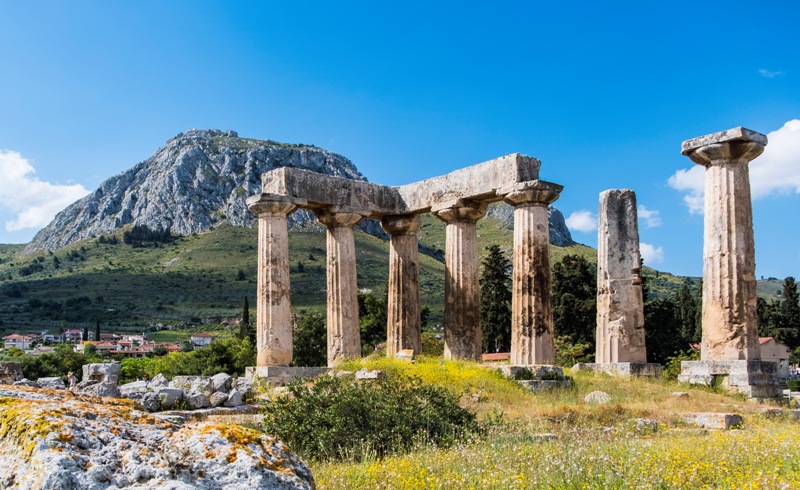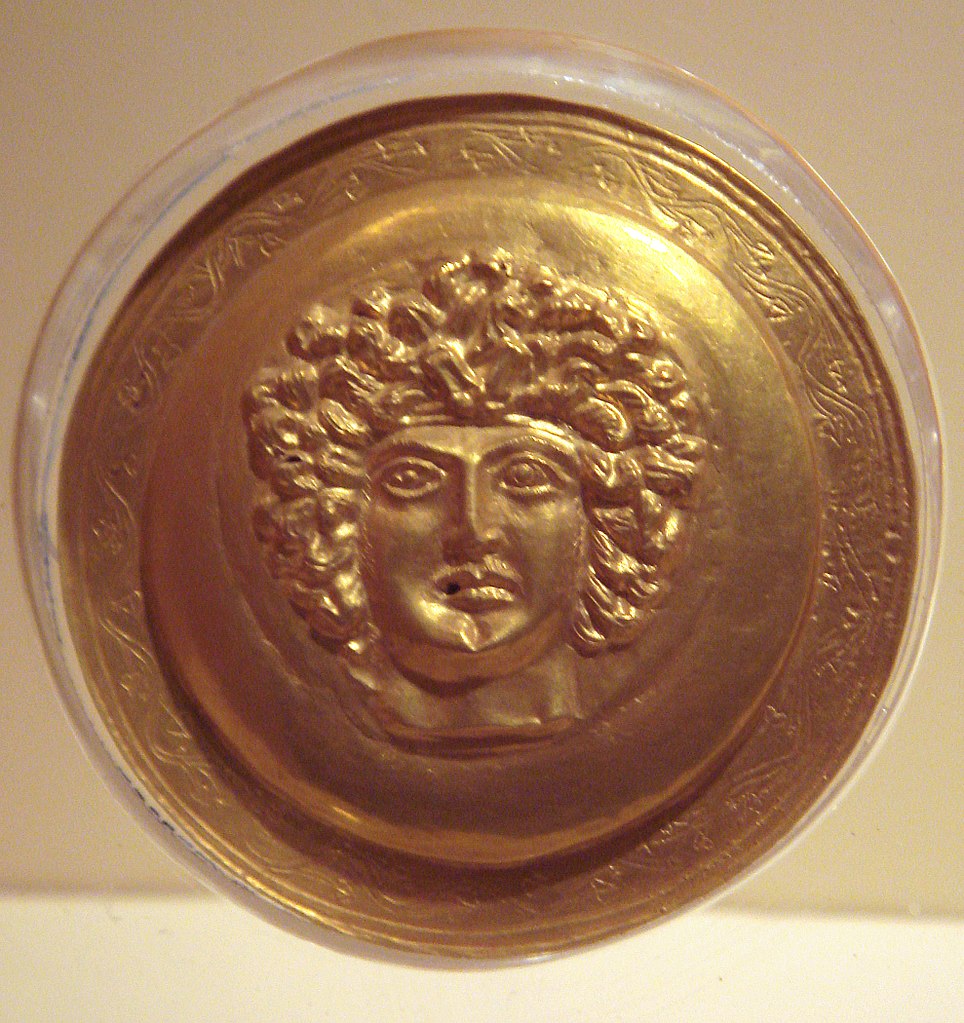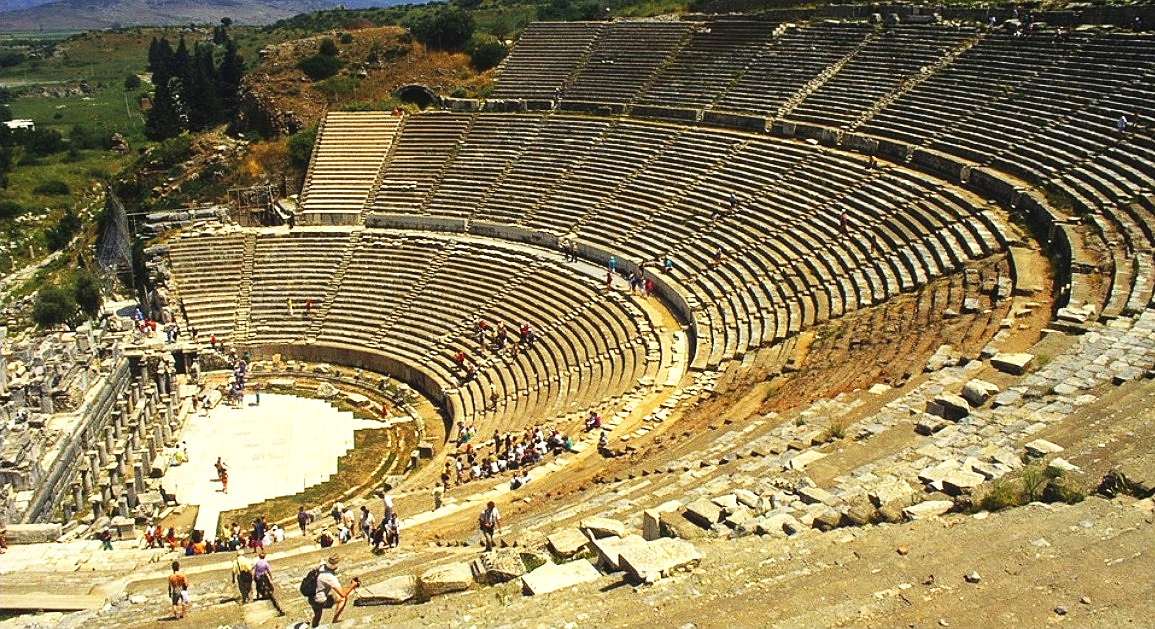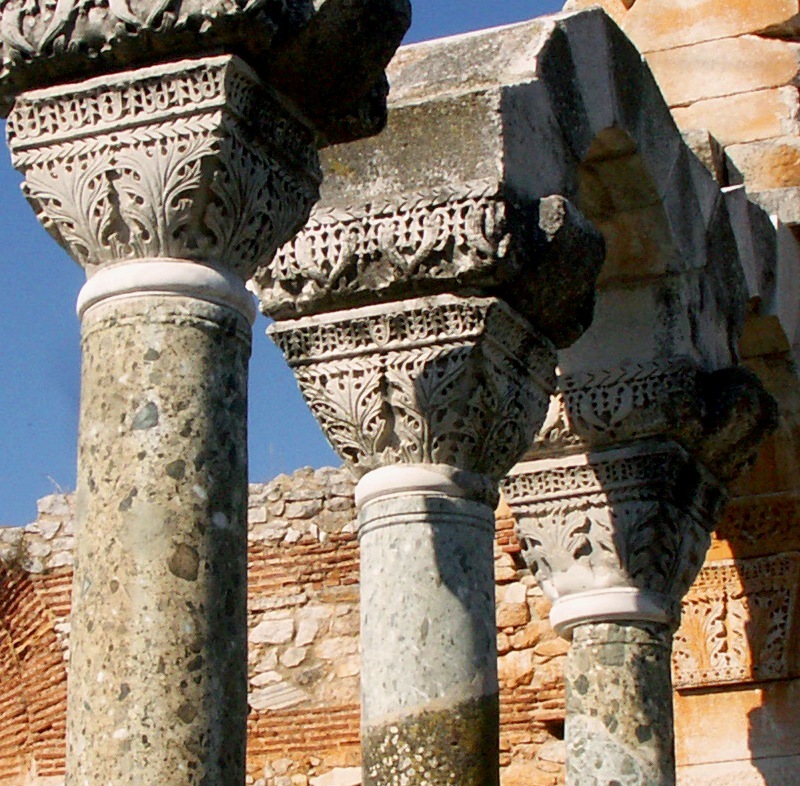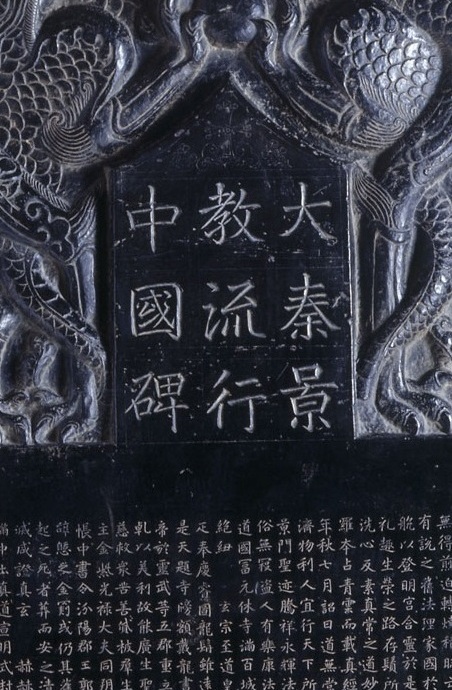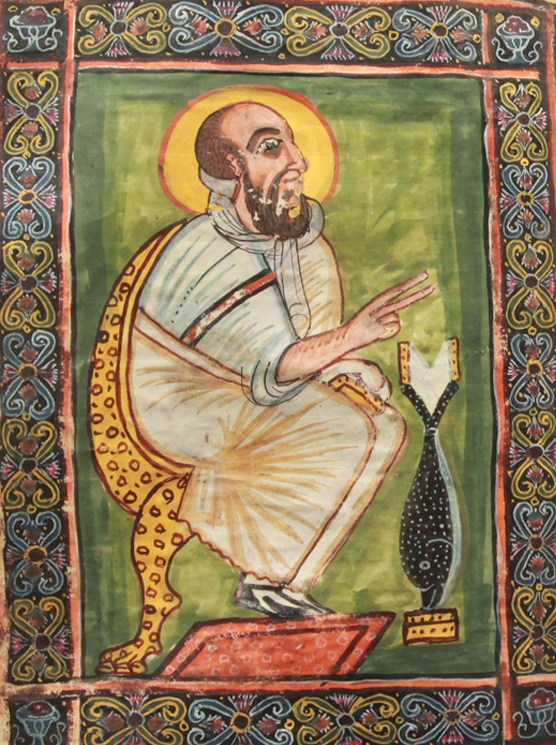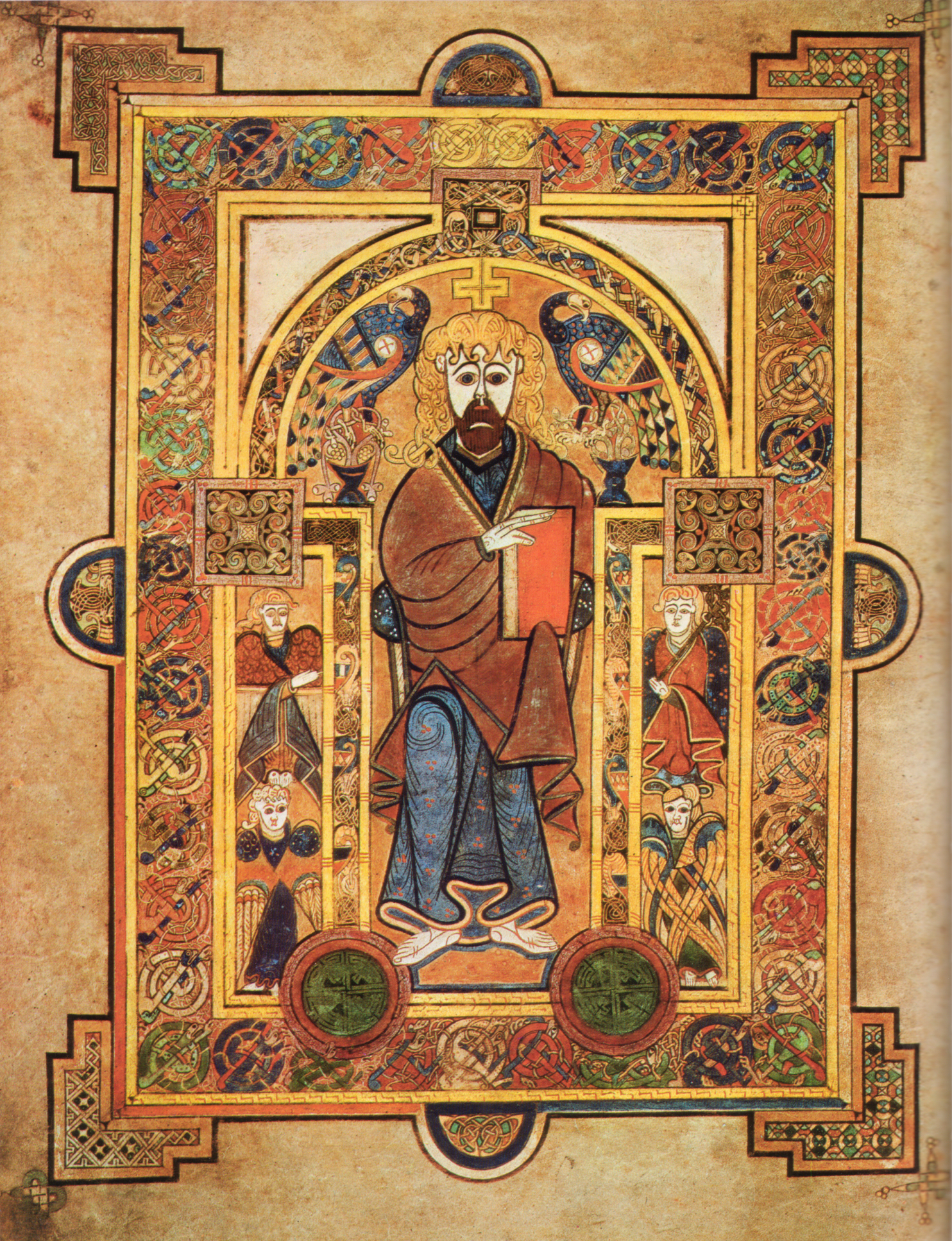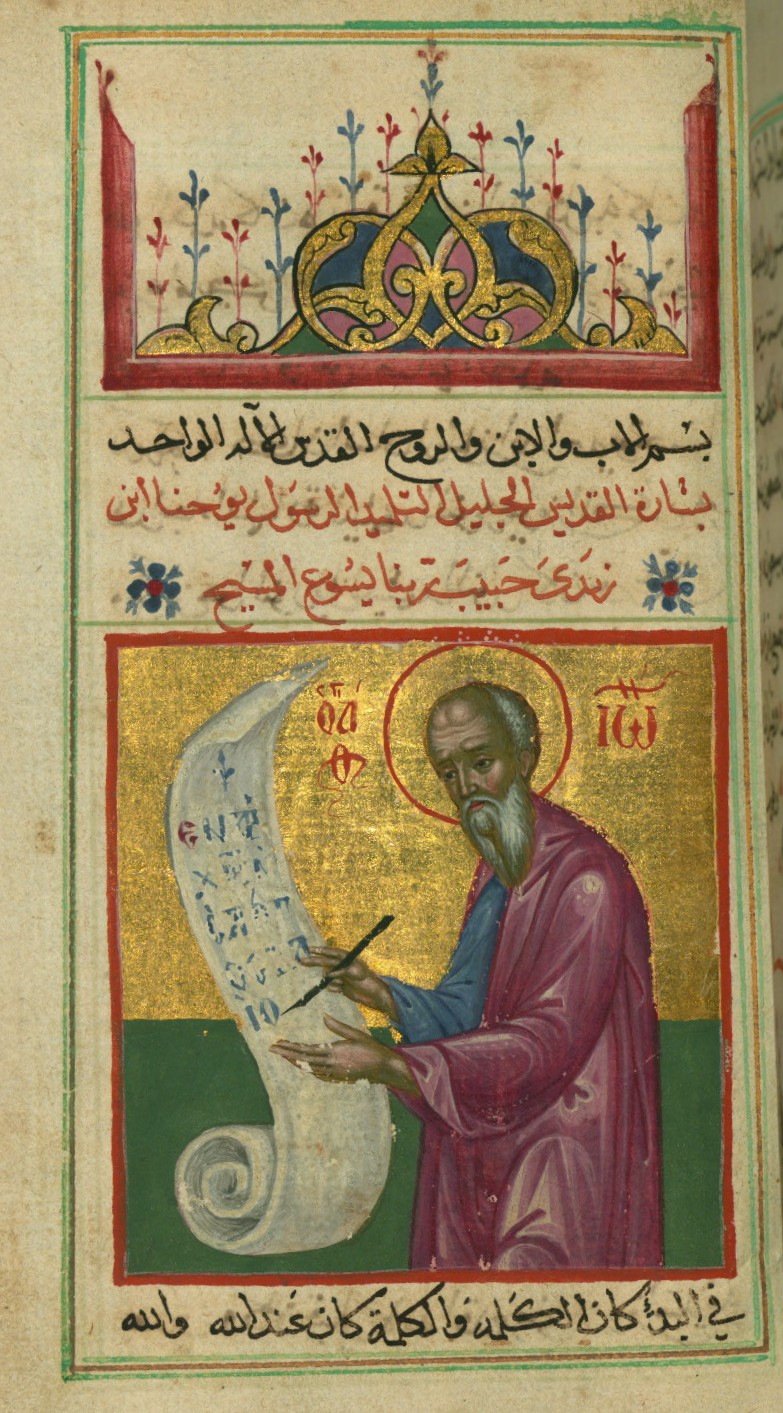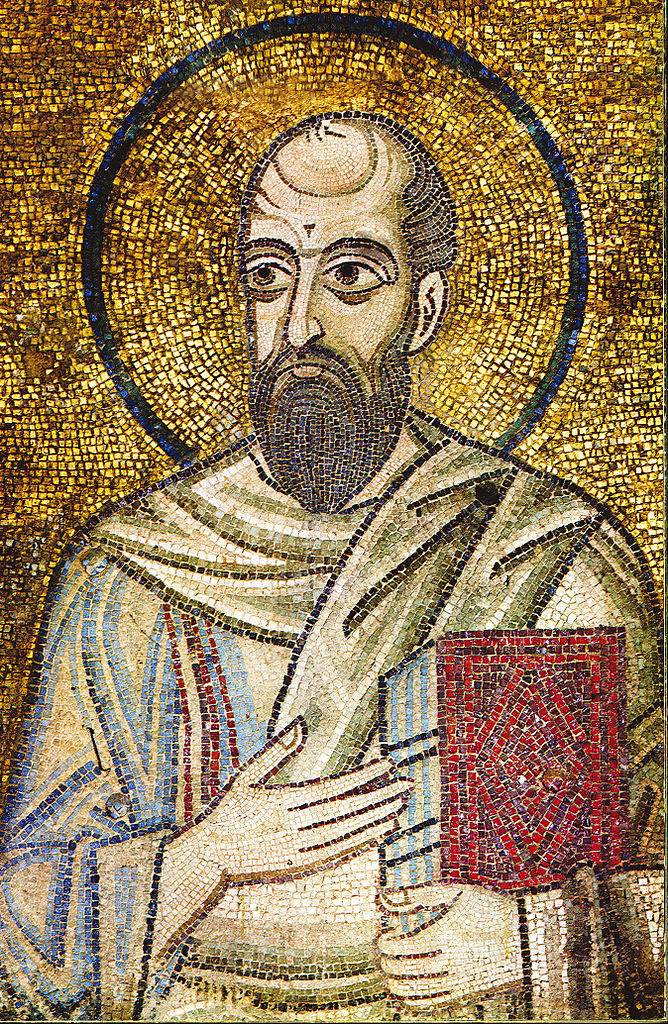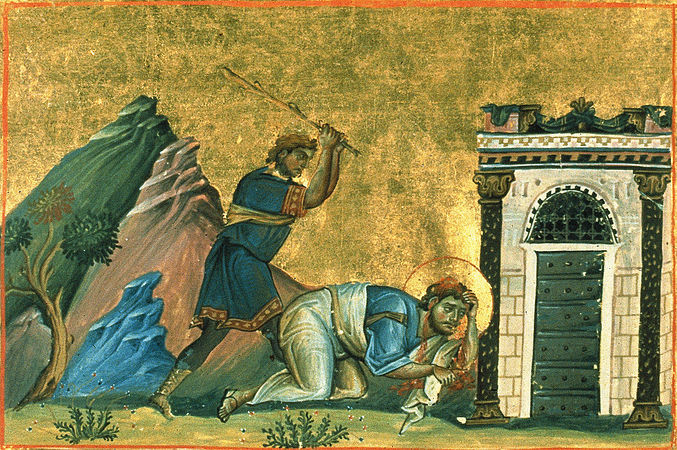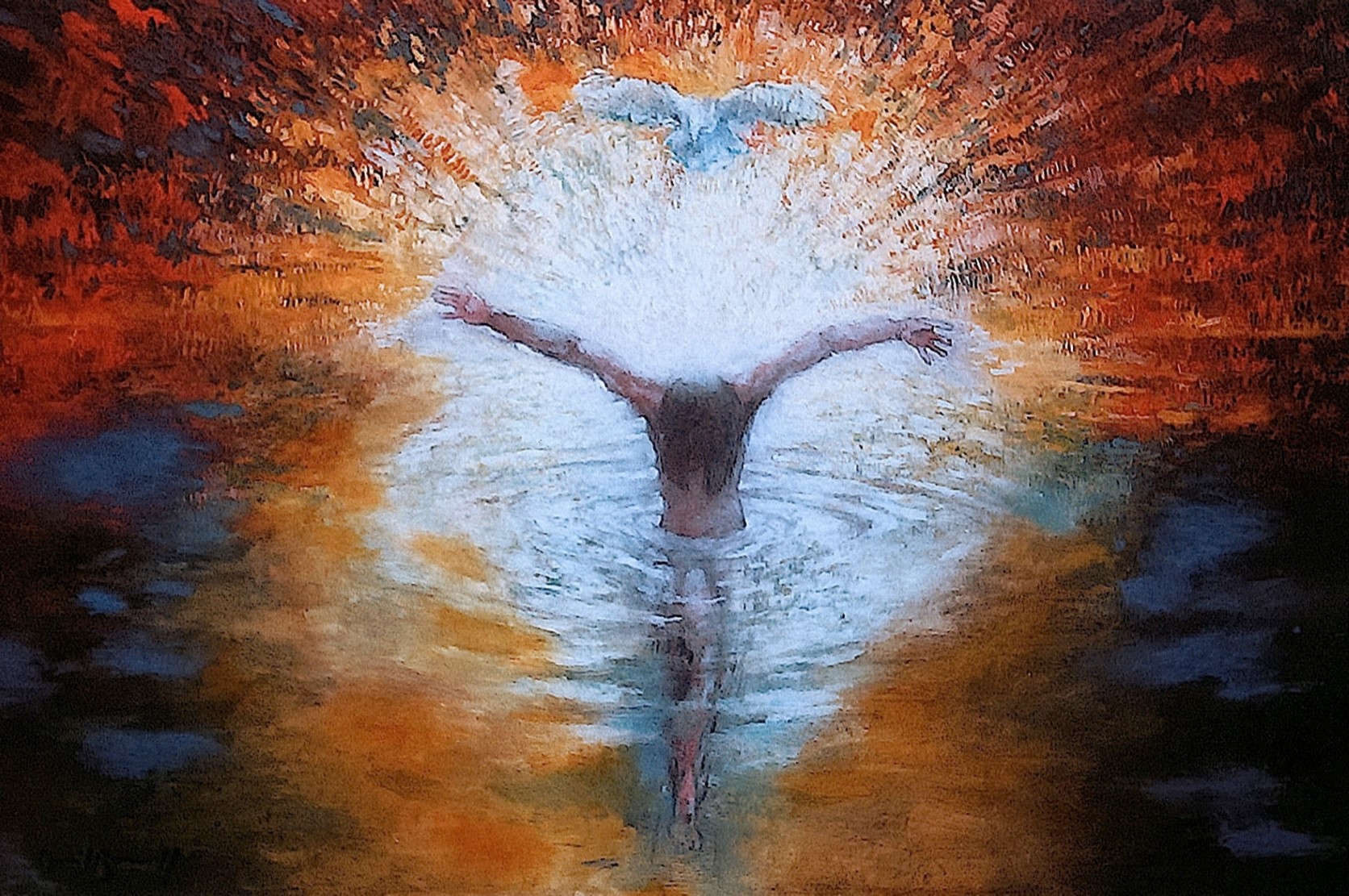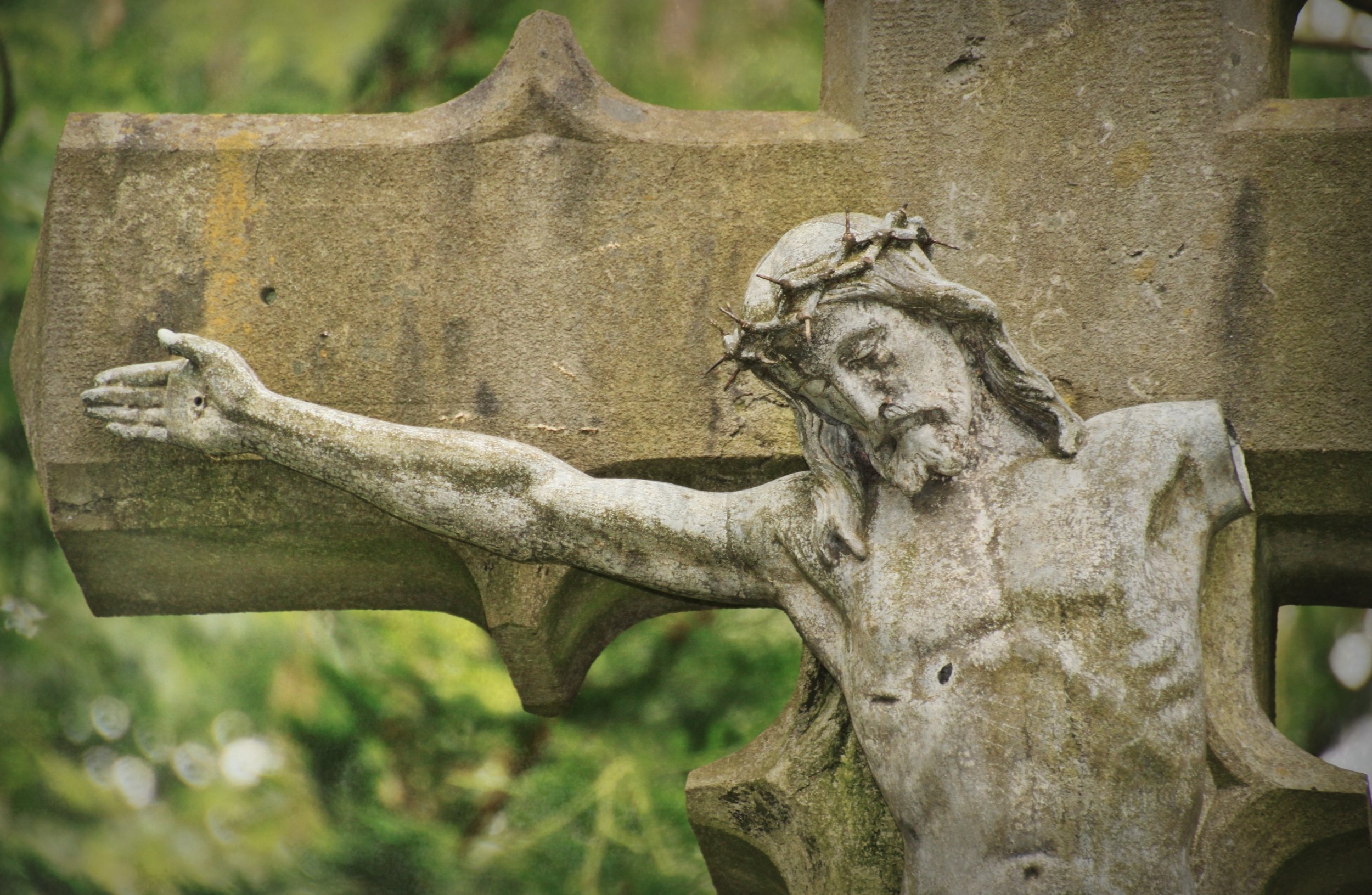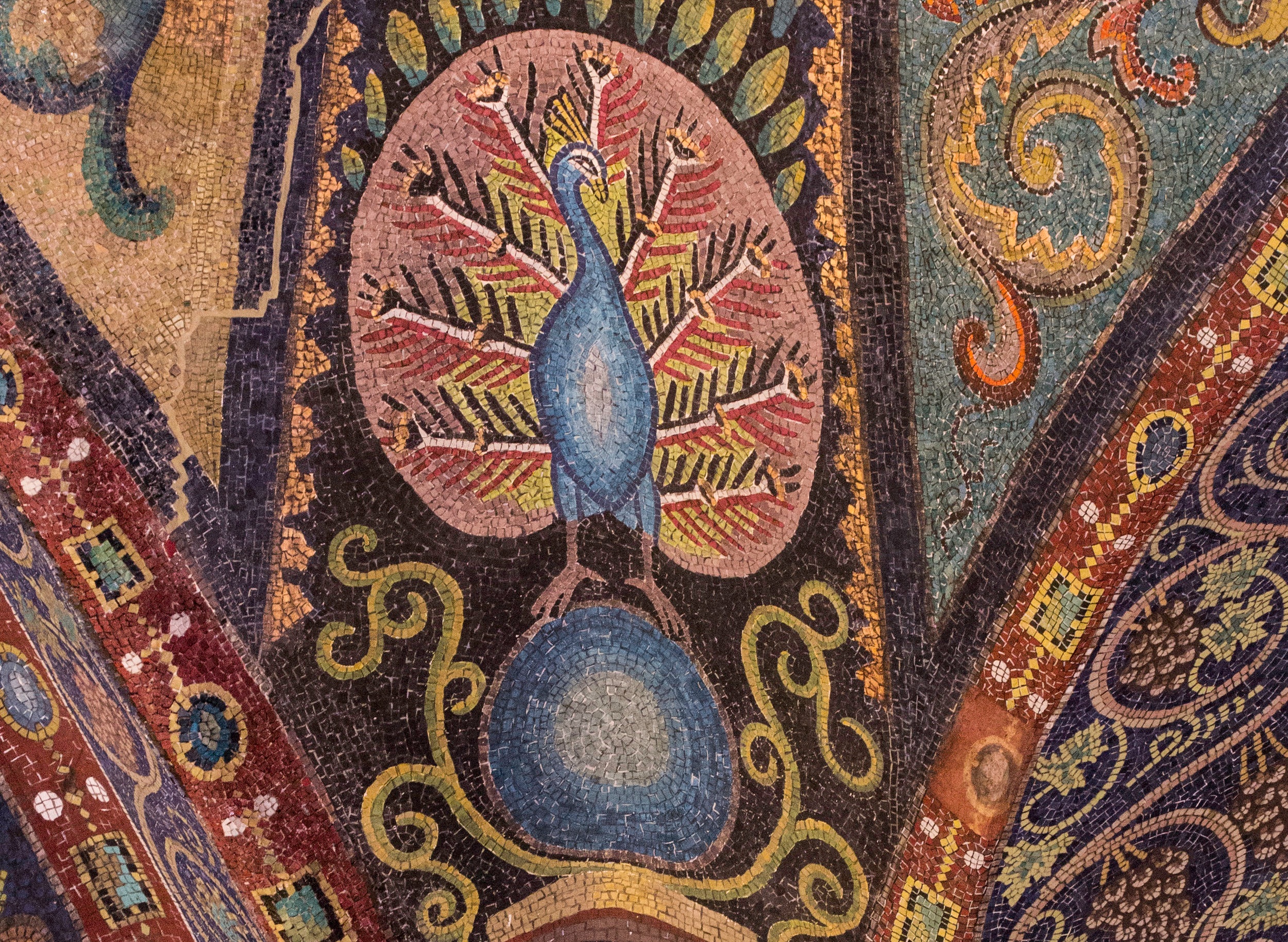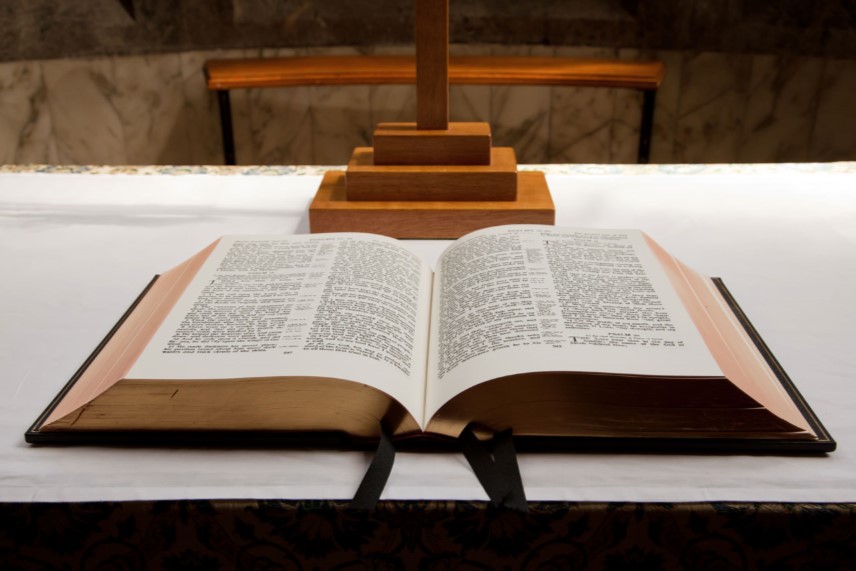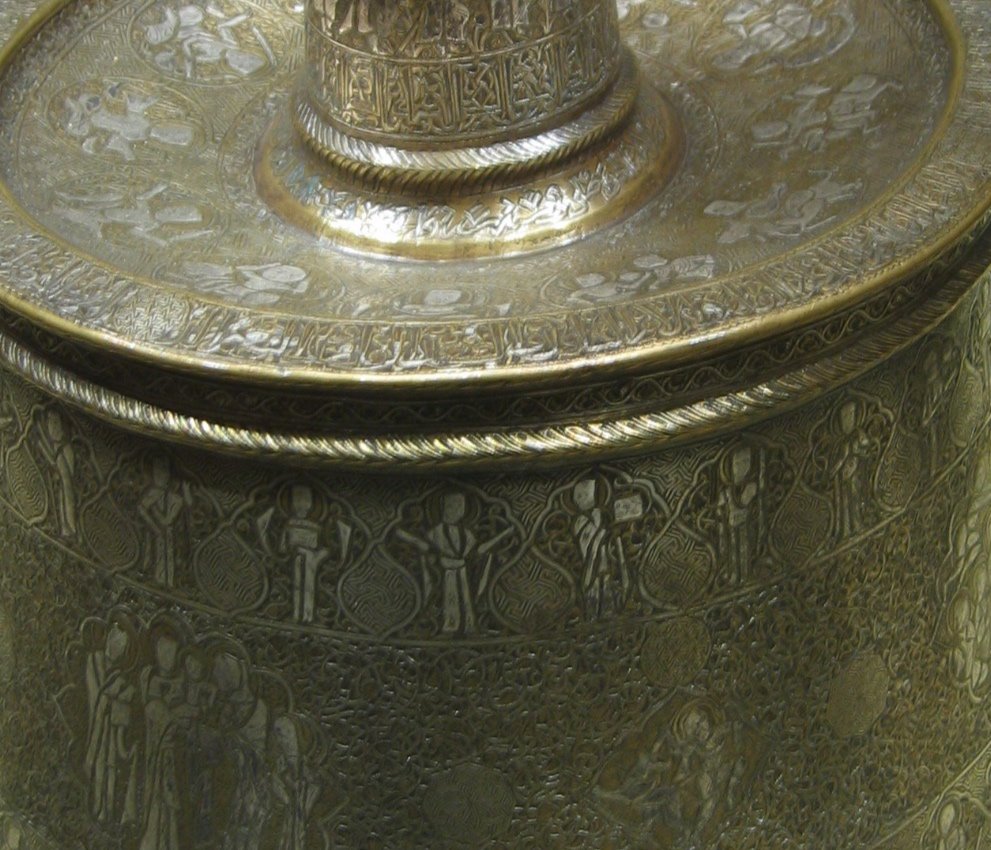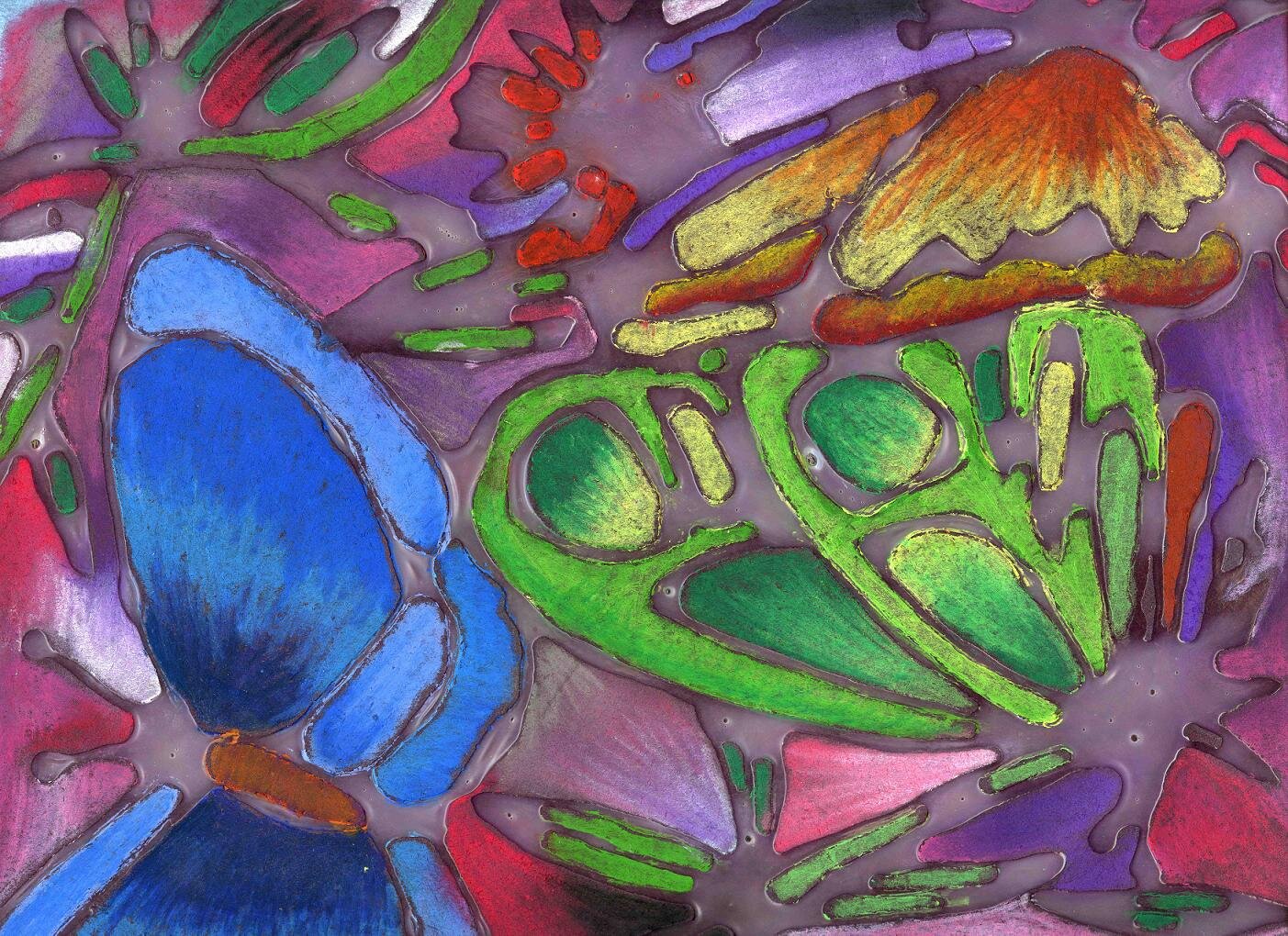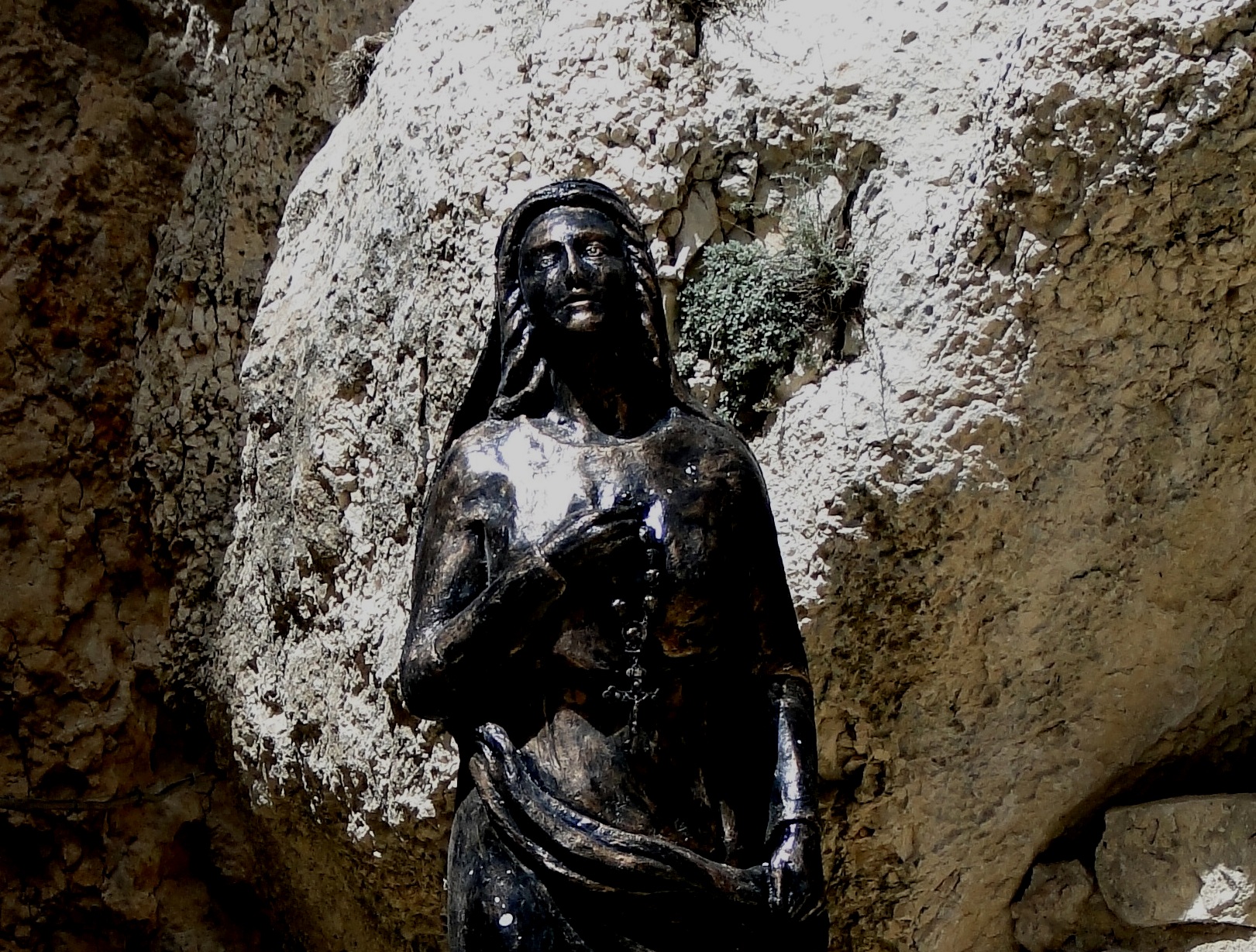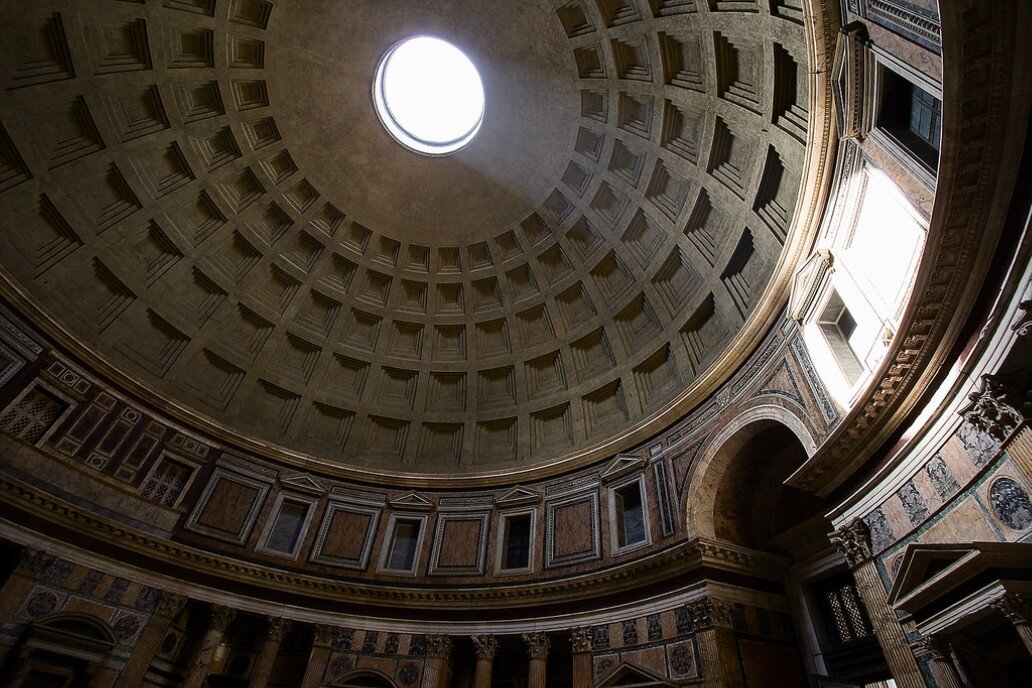Paul’s Letter to the Colossians
Bible Studies, Messages, Papers
Photograph: A tiled mosaic on the Hagia Sophia of Christ Pantocrator, a Greek term used to translate the Hebrew YHWH Sabaoth ("Lord of Hosts") and also El Shaddai ("God Almighty") in the Septuagint Greek translation of the Old Testament. The term is used by Paul (2 Cor.6:18) and Revelation (1:8, 4:8, 11:17, 15:3, 16:7, 16:14, 19:6, 19:15, and 21:22). Photo credit: Guillaume Piolle, Wikimedia Commons.
Below are messages, small group leader notes, and exegetical notes on Paul’s Letter to the Colossians.
Messages on Paul’s Letter to the Colossians
Images of God in a Broken World
The following three messages were given at a weekend retreat. Images of God in a Broken World is the first; it explains why, in a broken world, we get the impression that if there is a “god,” that “god” is evil, at least partially. Jesus is the Image of God is the second; it is an explanation of Colossians 1:15 - 20, how Jesus is the accurate and perfect image of God despite our broken world, because he healed human nature in himself via his life, death, and resurrection. In Jesus, We Are God’s Image Bearers is the third; it is from Colossians 3:5 - 4:6, about how Jesus renews the image of God in us by his Spirit, to share God's goodness in a broken world.
Colossians 1:1 - 14 Signs of a New Kingdom, Fruit of a New Garden
Colossians 1:15 - 20 prelude In a Broken World, What Images of God Do We Have? (ppt)
Colossians 1:15 - 20 How is Jesus the Image of God in a Broken World? (and ppt)
Colossians 1:21 - 2:5 The Man Who Reconciled You to God
Colossians 2:6 - 12 In Christ, You Are Complete
Colossians 2:13 - 15 The Spiritual Surgery That Healed You
Colossians 2:16 - 3:4 False Spirituality
Colossians 3:5 - 4:6 In Jesus, We Are God’s Image Bearers
Colossians 3:5 - 11 Fight the Spiritual War Within
Colossians 3:12 - 17 Fight for the Real Community in Christ
Colossians 3:18 - 4:1 Households of Peace
Colossians 4:2 - 18 Christ Speaks Among His People
Small Group Leader Notes on Paul’s Letter to the Colossians
Colossians 1:1 - 14 Signs of a New Kingdom, Fruit of a New Garden
Colossians 1:15 - 20 The Man Who Recovered the Image
Colossians 1:21 - 2:5 The Man Who Reconciled You to God
Colossians 2:6 - 3:4 You Are Complete in Christ
Colossians 3:5 - 15 Jesus and the Recovery of True Humanity
Colossians 3:16 - 4:1 Christ Speaks Among His People
Notes and Essays on Paul’s Letter to the Colossians
Colossians: Conceptual and Grammatical Outlines
Notes on the literary features of Colossians: chiastic structures and literary allusions, especially to Genesis 1.
Paul's View of Headship in Marriage: How 1 Corinthians Interprets Ephesians and Colossians
The word "head" (Greek kephale) was normatively defined by 1 Corinthians 11, where women preached, representing the head to the body. Therefore, people who have not had the experience of sitting under the authority of a female preacher-teacher have an incomplete understanding of headship, and probably an exclusively male understanding, which is defective. Also, the ethics of marriage taught in 1 Corinthians can be shown to take logical priority (not hermeneutical priority, except in a simplistic sense) over the ethics of marriage taught in Ephesians and Colossians.
Slavery in Christianity, Part 1: Slavery in the Bible, Slavery Today
Research and slides which explores the Old Testament, then the New Testament. It looks at what the Hebrew "ebed" service meant in context, and then what Greek "duolos" meant and how the New Testament understood the various ways people could enter servitude. It uses a sociological approach, exploring different ways in to becoming an “ebed” or “duolos,” what rights and responsibilities those roles had, and how one could leave and/or escape.


